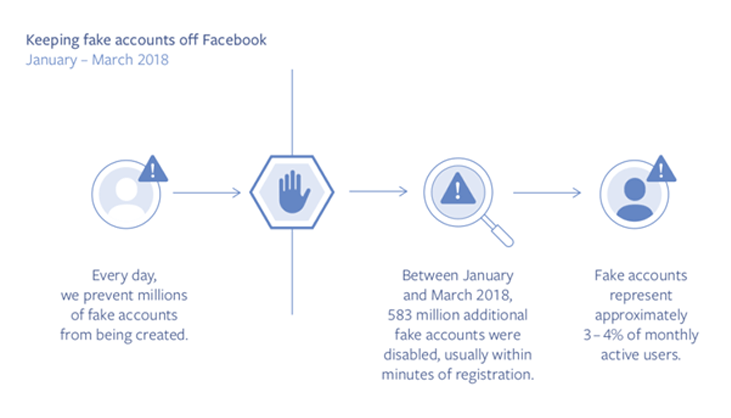For years, I’ve been working on driving traffic to my blog.
I’ve studied several blogging SEO tips and taken a course or two. However, I never stuck with them because most were complicated and time consuming to maintain.
So, with semi-steady results, I continued to use processes that worked, even if they were slower to produce than those $500-to-$2,000 courses taught. Over the years, I’ve developed my own blogging SEO checklist, and that’s what I used until a few months ago, when I ran into someone online who helped me get even better results.
I think I first found Debbie Gartner in a Facebook group I belong to. She was talking about blog SEO and provided a link. Mostly self-taught, Debbie had grown her blog at an impressive rate and was sharing the blogging SEO processes she used on her own blog.
Of course, there are lots of ways to drive traffic to your blog other than with SEO, but search engine optimization delivers a steady stream of new traffic daily. That’s what most bloggers need in order to grow their followings.
So I checked my list against what she was teaching. Some of the steps I had developed were the same or very similar. But Debbie had some other clever additions that I’d never thought of. I wondered whether they would make a difference or not, so I gave them a try.
Why Follow A Non-Blog SEO Pro?
Why would I choose to follow advice from someone who was not a professional SEO? Because Debbie is getting results using steps that are easy to implement. These are things I (or my assistant) can do without a lot of fuss.
Most of the approaches I’ve seen for blogging SEO are complicated and long. And truthfully, I don’t have time for that. I needed something I could implement quickly to get results.
How did the process work?
Just the other day I was searching “printables verses print on demand” to send someone the link. I was shocked at what showed up! My blog post was in the highlighted Google answer box and the number 1 position.

I decided to type in another search phrase (low-content publishing) and see what happened. Another post had hit the number 6 slot on the Google search engine results page (SERP).

/* .tcb-flex-col { padding-left: 0px; }[data-css=”tve-u-195c60b7bb83e21″] { width: 183px; float: none; margin: 0px auto !important; padding-right: 0px !important; padding-top: 0px !important; padding-left: 0px !important; }[data-css=”tve-u-15c60b7bb83912″] { padding: 20px 20px 0px !important; margin-bottom: 20px !important; }:not(#tve) [data-css=”tve-u-225c60b7bb83efe”] button { background-image: none !important; background-color: rgb(255, 182, 32) !important; }[data-css=”tve-u-225c60b7bb83efe”] { float: left; z-index: 3; position: relative; }[data-css=”tve-u-215c60b7bb83eb5″]::after { clear: both; }}@media (max-width: 767px){[data-css=”tve-u-185c60b7bb83dda”] { text-align: center; background-image: none !important; }[data-css=”tve-u-05c60b7bb838c3″] { background-image: none !important; }[data-css=”tve-u-25c60b7bb8395d”] { background-image: none !important; }[data-css=”tve-u-55c60b7bb83a35″] { padding-top: 0px !important; }[data-css=”tve-u-45c60b7bb839ee”] { background-image: none !important; margin-bottom: 0px !important; }[data-css=”tve-u-75c60b7bb83ac7″] { background-image: none !important; }[data-css=”tve-u-15c60b7bb83912″] { padding-bottom: 20px !important; margin-bottom: 0px !important; padding-left: 10px !important; padding-right: 10px !important; }[data-css=”tve-u-85c60b7bb83b11″] { padding: 10px 0px !important; background-image: none !important; }[data-css=”tve-u-205c60b7bb83e6a”] { max-width: 336px; margin-top: 0px !important; padding-top: 0px !important; margin-right: auto !important; margin-left: auto !important; background-image: none !important; }[data-css=”tve-u-195c60b7bb83e21″] { width: 120px; margin-left: auto !important; margin-right: auto !important; margin-bottom: 10px !important; }}
/*]]>*/
/**/
Does Your Blog Need a
Jump Start?
Get Your Free Blogging Tune-Up Resource Guide with:
- 40 Clever Blog Post Titles
- 30 Captivating Blog Post Topic Ideas
- 20 Cheap / Free Blogging Tools
- 10 Costly Mistakes You Should Avoid
… as your free gift for requesting the Marketing Words newsletter.

I understand that I will also receive weekly articles & videos plus periodic discounts, product notices & more. I can unsubscribe at any time.
This simple process was working to bring long-tail traffic to my site. I also found top 10 rankings for a number of other low-volume, long-tail keywords.
What defines a long-tail keyphrase? You’ll find various definitions online, but I define long-tail keywords as phrases that are made up of 3 or more words.
Long-tail keywords won’t produce as much volume as other keywords, but that means they also have less competition and are easier to rank for. And when you add up all the traffic from the long-tail keyphrases, it can total a lot of visits to your site.
While I’m happy to reveal the steps that I’ve been using for years, I can’t publish what I got from Debbie’s book. That would be illegal. 🙂 If you want to, you can pick up Debbie’s ebook called “Easy On-Page SEO: How to Write Blog Posts That Rank Well.”






